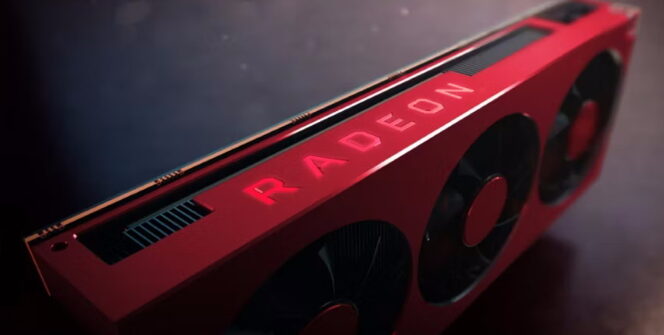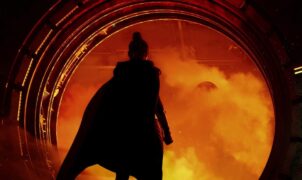TECH NEWS – AMD’s Radeon RX 7900 GPU has been released, but those who use Linux won’t be able to take much advantage of the new graphics card’s power.
The graphics kernel for Linux was old with the RDNA 3 architecture-based graphics card, and users didn’t get the new firmware. Now, however, engineers are starting to turn their attention to this technology, so a new firmware has been released that will allow users to rely on its frame buffer if the AMDGPU driver fails. Mario Limonciello, an engineer at AMD, worked on the new patch and explained the process works and how to work around the glitch.
The KMS drivers first destroy the firmware frame buffer with the code “drm_aperture_remove_conflicting_pci_framebuffers” and if the graphics card fails the probe, the user will get a frozen screen when calling the KMS driver, especially if GPU support is required. Users might be experiencing it due to a needed update to a new Linux kernel, which came at a similar time. AMD says the IP discovery migration has also generated a troublesome issue. It causes AMDGPU to pull in all the GPUs from the company while it searches for the correct driver, causing either a slowdown or a freeze if support is not feasible.
“The perfect example is Ubuntu 21.10 and the new dGPUs launched by AMD. The installation media ships with kernel 5.19 (which has IP discovery), but the amdgpu support for those IP blocks landed in kernel 6.0. The matching Linux firmware was released after 21.10’s launch. The screen will freeze without nomodeset. Even if a user manages to install and then upgrade to kernel 6.0 after installation, they’ll still have the problem of missing firmware and the same experience. This is quite jarring for users, particularly if they don’t know that they have to use “nomodeset” to install. To help the situation, allow drivers to re-run the init process for the firmware frame buffer during a failed probe. As this problem is most pronounced with amdgpu, this is the only driver changed. But if this makes sense more generally for other KMS drivers, the call can also be added to the cleanup routine,” Limonciello wrote.
Michael Larabel, writing for Phoronix, discovered that a request for an RDNA 3 user-mode graphics queue for the Linux driver was asked by AMD Linux engineers on the graphics backend, which could bring support for the Radeon RX 7000 series and above, and thus better, more stable performance for gamers using Linux.
Source: WCCFTech











![[TGA 2025] John Carpenter’s Toxic Commando: John Carpenter’s Nightmare-Fueled Shooter Finally Has a Date, and Hell Is Breaking Loose [VIDEO]](https://thegeek.games/wp-content/uploads/2025/12/theGeek-John-Carpenter-TC-2-302x180.jpg)



